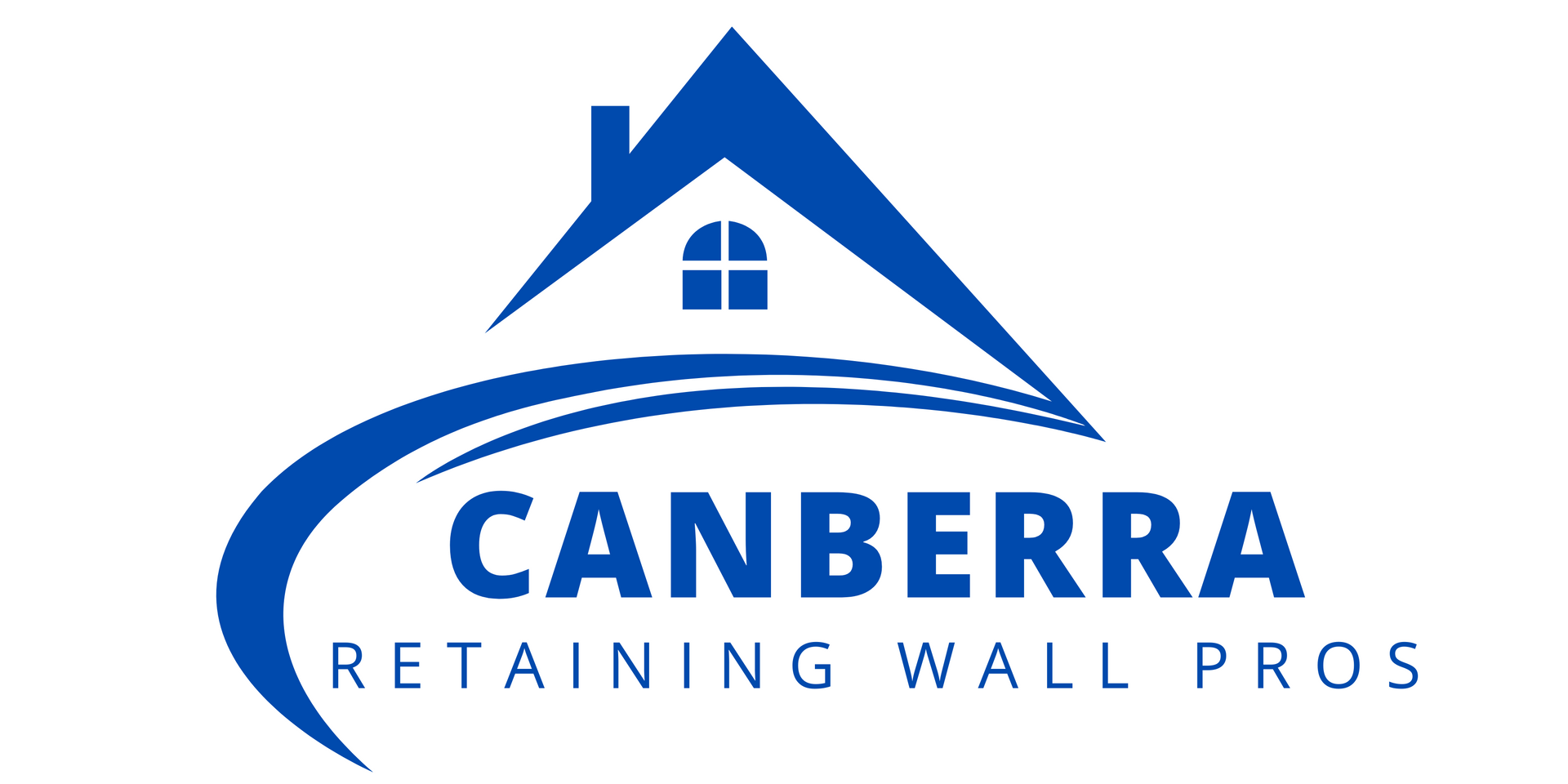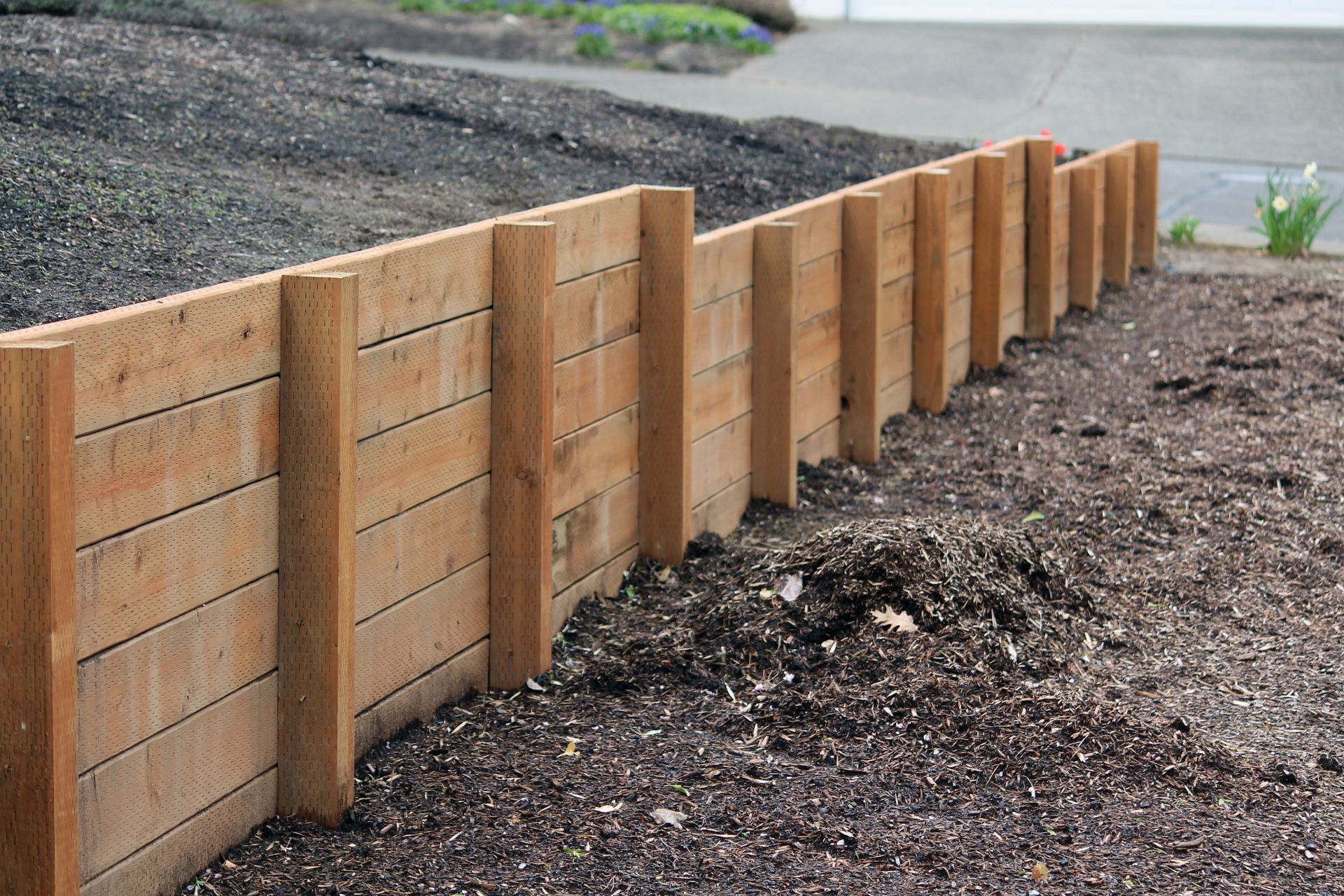We at Canberra Retaining Wall Pros offer a range of timber retaining walls, from timber sleepers to treated pine.
Installing timber retaining walls requires careful planning and precise execution to ensure their longevity and effectiveness in preventing soil erosion. Follow this step-by-step guide for proper installation techniques:
Site Assessment
Begin by assessing the site where the timber retaining wall will be installed. Evaluate soil composition, drainage patterns, and the degree of slope to determine the appropriate wall design and size.
Excavation
Excavate the area where the wall will be constructed, ensuring a stable and level base. Create a trench that accommodates the first course of timbers while allowing for proper drainage behind the wall.
Foundation Preparation
Lay a gravel base at the bottom of the trench to enhance drainage and provide a stable foundation. Compact the gravel to create a solid footing for the retaining wall.
Timber Selection
Choose pressure-treated timbers suitable for ground contact to resist decay and insects. Ensure the timbers are of the appropriate size and quality for the height and load-bearing requirements of the wall.
Installation of First Course
Place the first course of timbers into the trench, securing them together with rebar or long spikes. Use a level to ensure the course is perfectly horizontal.
Backfilling and Compaction
Backfill the space behind the first course with gravel or drainage aggregate. Compact the backfill material in thin layers to minimise settling.
Additional Courses and Fastening
Continue stacking additional timber courses, interlocking each layer for stability. Secure the timbers together using proper fasteners, such as galvanised spikes or screws, at regular intervals.
Drainage Considerations
Install drainage pipes or weep holes to allow water to escape from behind the wall, preventing hydrostatic pressure buildup.
Finishing Touches
Finish the top of the retaining wall with cap timbers for a polished appearance and added stability.
By following these installation techniques, you'll create a durable timber retaining wall that effectively retains soil and enhances the aesthetics of the landscape.




